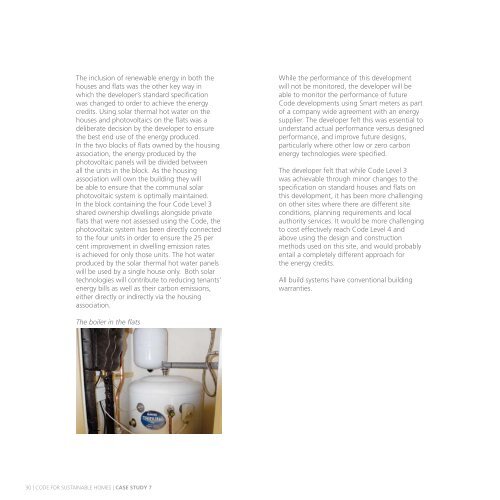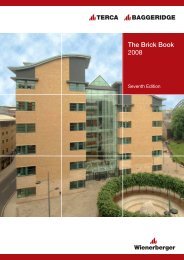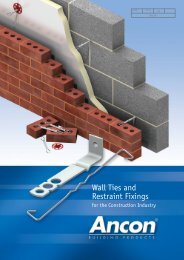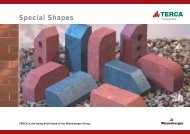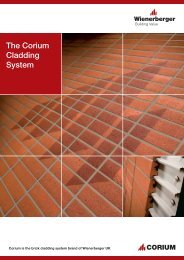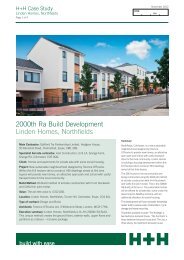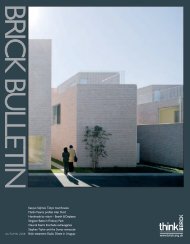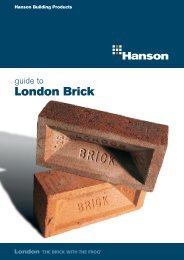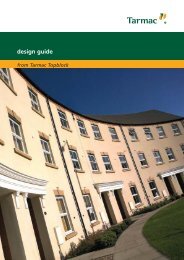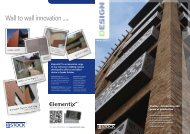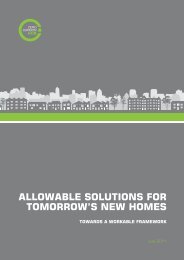Code for sustainable homes: case studies volume 2 - Gov.uk
Code for sustainable homes: case studies volume 2 - Gov.uk
Code for sustainable homes: case studies volume 2 - Gov.uk
Create successful ePaper yourself
Turn your PDF publications into a flip-book with our unique Google optimized e-Paper software.
The inclusion of renewable energy in both the<br />
houses and flats was the other key way in<br />
which the developer’s standard specification<br />
was changed to order to achieve the energy<br />
credits. Using solar thermal hot water on the<br />
houses and photovoltaics on the flats was a<br />
deliberate decision by the developer to ensure<br />
the best end use of the energy produced.<br />
In the two blocks of flats owned by the housing<br />
association, the energy produced by the<br />
photovoltaic panels will be divided between<br />
all the units in the block. As the housing<br />
association will own the building they will<br />
be able to ensure that the communal solar<br />
photovoltaic system is optimally maintained.<br />
In the block containing the four <strong>Code</strong> Level 3<br />
shared ownership dwellings alongside private<br />
flats that were not assessed using the <strong>Code</strong>, the<br />
photovoltaic system has been directly connected<br />
to the four units in order to ensure the 25 per<br />
cent improvement in dwelling emission rates<br />
is achieved <strong>for</strong> only those units. The hot water<br />
produced by the solar thermal hot water panels<br />
will be used by a single house only. Both solar<br />
technologies will contribute to reducing tenants’<br />
energy bills as well as their carbon emissions,<br />
either directly or indirectly via the housing<br />
association.<br />
While the per<strong>for</strong>mance of this development<br />
will not be monitored, the developer will be<br />
able to monitor the per<strong>for</strong>mance of future<br />
<strong>Code</strong> developments using Smart meters as part<br />
of a company wide agreement with an energy<br />
supplier. The developer felt this was essential to<br />
understand actual per<strong>for</strong>mance versus designed<br />
per<strong>for</strong>mance, and improve future designs,<br />
particularly where other low or zero carbon<br />
energy technologies were specified.<br />
The developer felt that while <strong>Code</strong> Level 3<br />
was achievable through minor changes to the<br />
specification on standard houses and flats on<br />
this development, it has been more challenging<br />
on other sites where there are different site<br />
conditions, planning requirements and local<br />
authority services. It would be more challenging<br />
to cost effectively reach <strong>Code</strong> Level 4 and<br />
above using the design and construction<br />
methods used on this site, and would probably<br />
entail a completely different approach <strong>for</strong><br />
the energy credits.<br />
All build systems have conventional building<br />
warranties.<br />
The boiler in the flats<br />
30 | CODE FOR SUSTAINABLE HOMES | CASE STUDY 7


